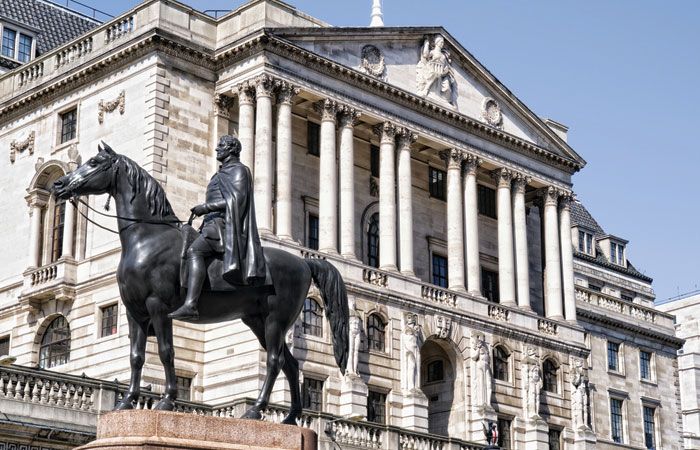
The Bank of England’s latest raft of mortgage lending statistics for the first quarter reveals that the value of gross mortgage advances was £58.8bn, the lowest since the second quarter of 2020.
The value of new mortgage commitments in first quarter 2023 was 16.1% less than the previous quarter and 40.7% less than a year earlier, at £48.9bn.
And the share of gross mortgage advances with interest rates less than 2% above Bank Rate was 93.9% in 2023 Q1, 7.7 percentage points higher than a year ago and the highest seen since second quarter 2008.
Knight Frank Finance partner Hina Bhudia comments: “Lenders committed to advance less than £50bn in mortgages during the first quarter, the lowest level since the height of the pandemic. The decline was partly down to the lingering effects of the late-2022 mini-budget, but also the broader housing market slowdown as higher mortgage rates fed into the system.
“The proportion of loans with rates less than 2% above the base rate climbed to its highest level since 2008. Clearly the lenders are all doing less business than they would like to be, and have shown willingness to absorb some volatility in order to remain competitive”.
Bhudia adds: “That has its limits, as we’re seeing at the moment. Lenders continue to pull product ranges in order to maintain service levels, which is exacerbating the pace at which mortgage rates are rising. We hope that will start to plateau soon, but a lot will depend on the latest CPI reading, due out next week.”
SPF Private Clients chief executive Mark Harris says these figures show a housing market settling into a ‘new normal’ following the pandemic and stamp duty holiday, with gross mortgage advances and new mortgage commitments at their lowest observed levels since the second quarter of 2020.
“Rates continued to edge upwards with the share of gross mortgage advances with interest rates less than 2% above base rate rising 7.7 percentage points to 93.9 per cent. Borrowers will be all too aware of the rising cost of mortgages following the flurry of repricing upwards over the past couple of weeks, although things seem to be starting to settle on that front”.
He adds: “Reassuringly, lenders and borrowers continue to demonstrate caution with only 4% of gross mortgage advances with an LTV of more than 90%, a 1.1 percentage point decrease from Q4 2022. High loan-to-income ratios also reduced by 5.6 percentage points to 43.7%, the lowest seen since Q2 2020 as borrowers avoided overstretching themselves given the uncertainty with regard to future rate rises.
Harris also points out that the share of gross advances for remortgages picked up as borrowers were spurred on to secure a deal and perhaps move off their lender’s standard variable rate given rises in interest rates.
“However, buy-to-let lending dipped to 9.8% of the total, the lowest since Q4 2011, perhaps reflecting a decline in the attractiveness of the sector for novice landlords at least given tax and regulatory changes, as well as rising mortgage costs.”



